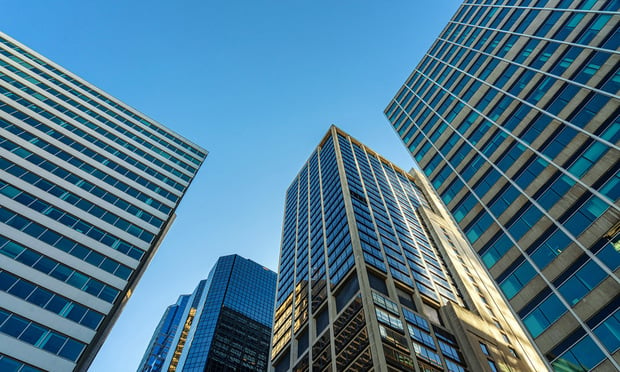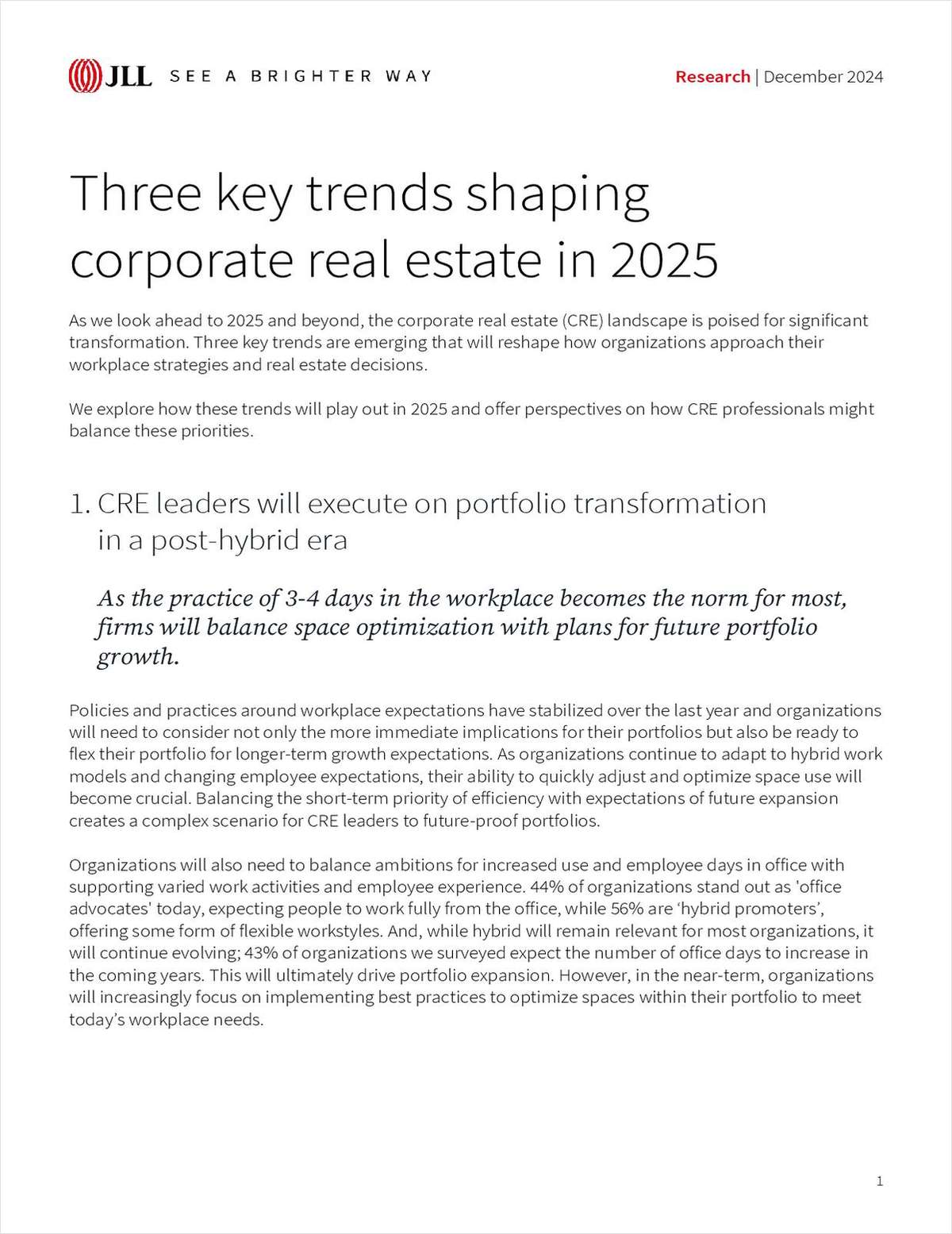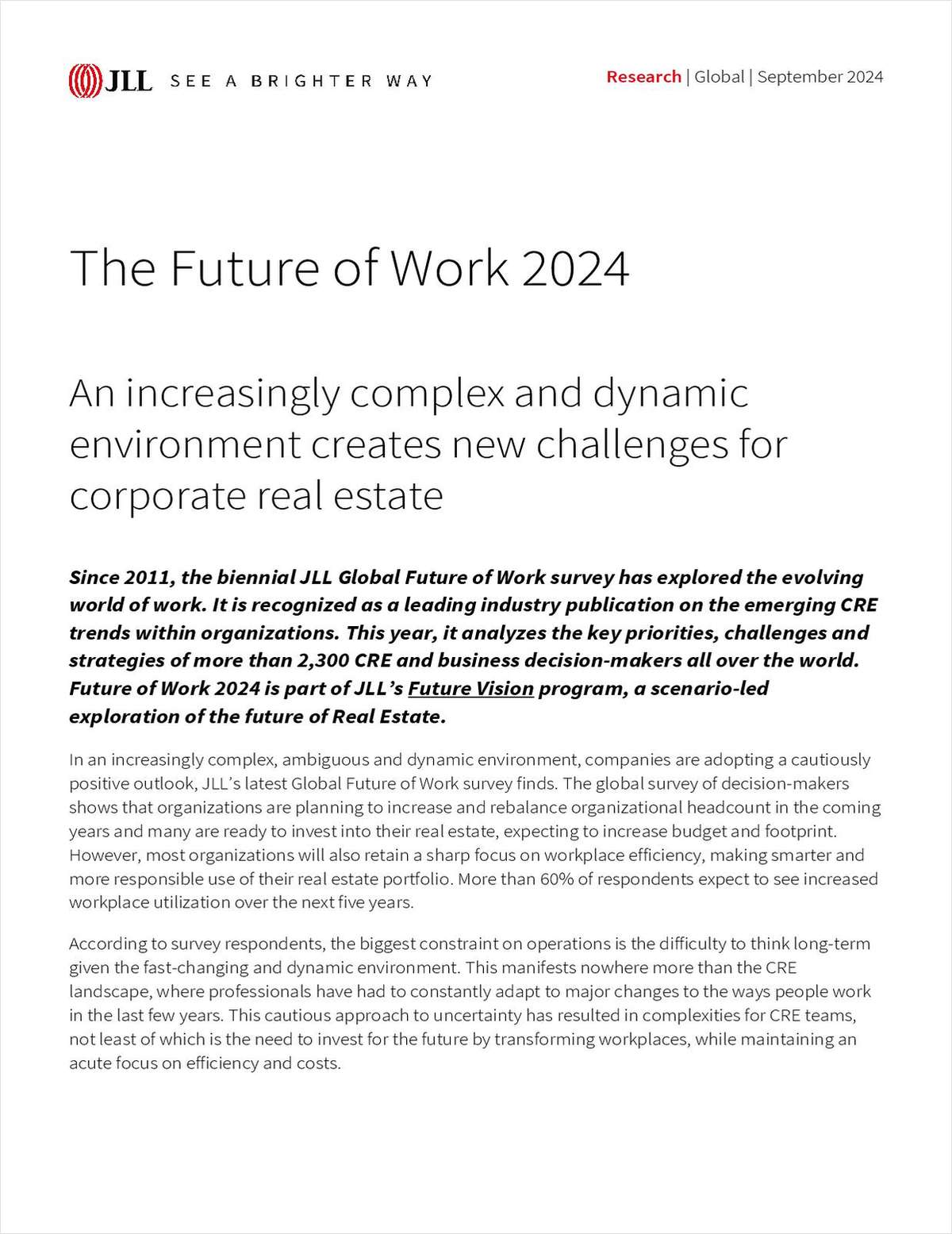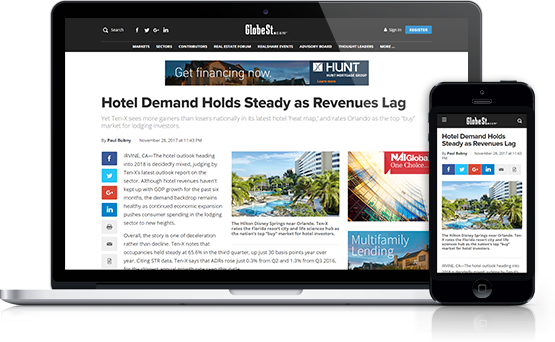During the first quarter of 2001, business leaders and investors were cautious about their commitment to office space, given the uncertainty in the national economy. That timidity was reflected in the vacancy rate, which rose a full percentage point from year-end 2000, slowed absorption and a decline in new construction activity by approximately one million square feet, according the Grubb & Ellis first quarter survey.
"There is no question that the metro Phoenix office market was slower in the first quarter 2001," says Don Morrow, Grubb & Ellis' regional managing director. "While it may seem discouraging, the upside is that Phoenix fared better than many other cities across the United States."
The vacancy rate for office in the metro area rose to 14.4% at the start of the second quarter. The rate was driven up by lower levels of actual pre-leasing in new space that came on-line during the quarter, Morrow says. New buildings with available space during the quarter had on average a 90% vacancy rate.
Also pushing up the rate was a decrease in demand for space in general, perhaps undercut by fears about the national economy. For the first time in several quarters, there was negative absorption of office space during the first three months of the year, with just over 80,000 sf of new space returned to the marketplace.
The spike in subleasing activity was another indication that the market softened during the quarter, Morrow says. "The Phoenix office market saw a large amount of new sublease space as a result of companies downsizing or going out of business," he says.
The uptown Central Business District area of Phoenix was hit hardest during the quarter, with a negative net absorption of more than 122,000 sf. The increase could be due in large part to the Chapter 11-bankruptcy liquidation of MicroAge, which had it headquarters in a four-story building along Central Avenue. The vacancy rate in the uptown area is 14.66%. Five other submarkets also experienced negative net absorption from January through March.
Those submarkets that did well were: the downtown CBD (45,000 sf), east Phoenix (51,000 sf), and Mesa/Chandler (53,500 sf). Although the Camelback Corridor experienced negative net absorption during the quarter, 38,000 sf, it remains the strongest submarket with a vacancy rate off 11.22 percent.
"The Phoenix office market may be down, but not out, as evidenced by the stability of rental rates throughout all submarkets," Morrow says. Class A space is renting on average for $23.89 per sf, and the overall annual rental rate for all office classes is $21.09 per sf, a level that many out-of-state companies still consider very attractive, he adds.
Want to continue reading?
Become a Free ALM Digital Reader.
Once you are an ALM Digital Member, you’ll receive:
- Breaking commercial real estate news and analysis, on-site and via our newsletters and custom alerts
- Educational webcasts, white papers, and ebooks from industry thought leaders
- Critical coverage of the property casualty insurance and financial advisory markets on our other ALM sites, PropertyCasualty360 and ThinkAdvisor
Already have an account? Sign In Now
*May exclude premium content© 2025 ALM Global, LLC, All Rights Reserved. Request academic re-use from www.copyright.com. All other uses, submit a request to [email protected]. For more information visit Asset & Logo Licensing.








